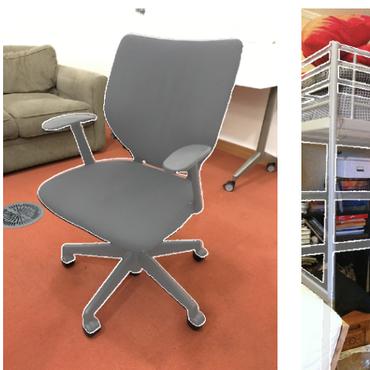3D Shape Classification Using Collaborative Representation based Projections
A novel 3D shape classification scheme, based on collaborative representation learning, is investigated in this work. A data-driven feature-extraction procedure, taking the form of a simple projection operator, is in the core of our methodology. Provided a shape database, a graph encapsulating the structural relationships among all the available shapes, is first constructed and then employed in defining low-dimensional sparse projections. The recently introduced method of CRPs (collaborative representation based projections), which is based on L2-Graph, is the first variant that is included towards this end. A second algorithm, that particularizes the CRPs to shape descriptors that are inherently nonnegative, is also introduced as potential alternative. In both cases, the weights in the graph reflecting the database structure are calculated so as to approximate each shape as a sparse linear combination of the remaining dataset objects. By way of solving a generalized eigenanalysis problem, a linear matrix operator is designed that will act as the feature extractor. Two popular, inherently high dimensional descriptors, namely ShapeDNA and Global Point Signature (GPS), are employed in our experimentations with SHREC10, SHREC11 and SCHREC 15 datasets, where shape recognition is cast as a multi-class classification problem that is tackled by means of an SVM (support vector machine) acting within the reduced dimensional space of the crafted projections. The results are very promising and outperform state of the art methods, providing evidence about the highly discriminative nature of the introduced 3D shape representations.
PDF Abstract




